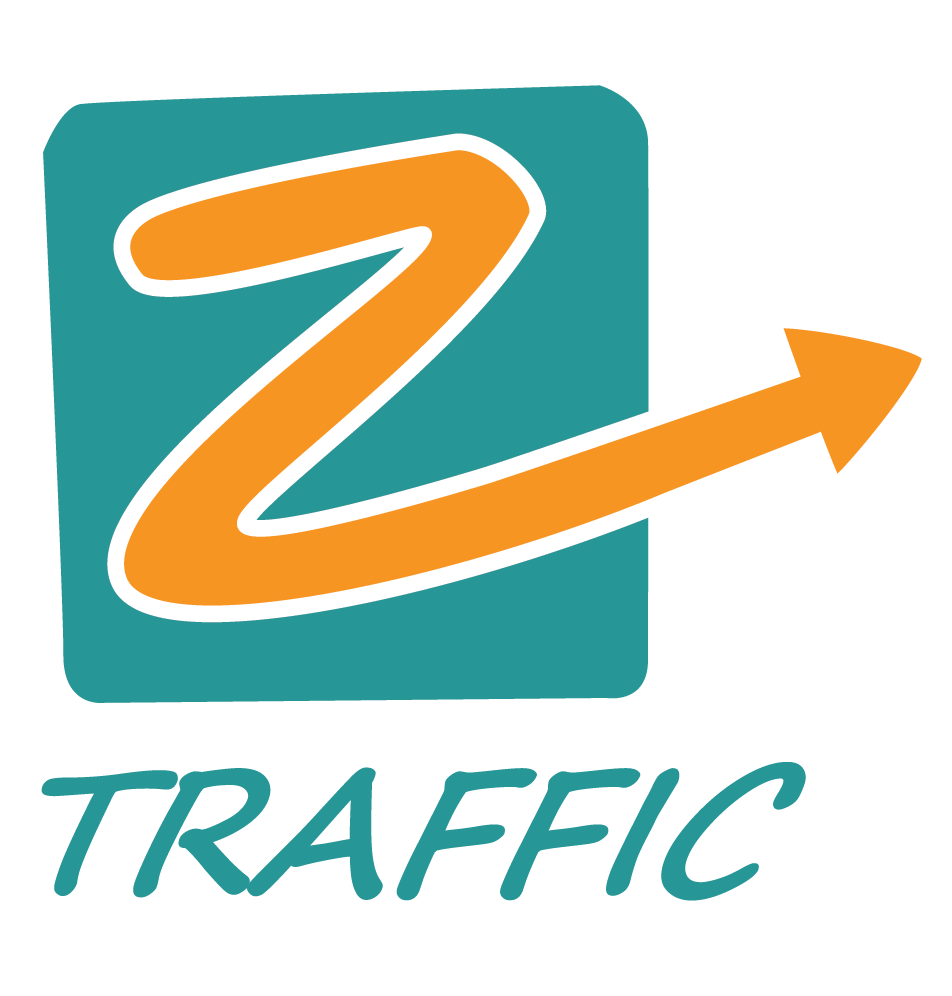3 Winning SEO Strategies for Planning Pages to Optimize – JumpFly
On-page optimization is one of the most valuable ways to improve organic search rankings and visibility in search engine results pages (SERPs). But first, you have to determine which pages to optimize within your search engine optimization (SEO) strategy.
SEO is inherently a data-driven discipline. Three sources of data should drive your decisions around which pages to prioritize for optimization first: demand, business need, and performance. Spoiler alert — the best SEO strategies utilize all three data sources in combination.
The first place to look for optimization opportunities is your own organic search performance data. Start by analyzing data in Google Search Console or Google Analytics 4 to identify pages that are decreasing in performance or those that are driving traffic but not converting well. Make sure to look month over month for the most recent trends but also year over year to account for any seasonality that might occur.
In particular, look for pages that have seen negative shifts in performance recently and pages that have lots of impressions but aren’t ranking well enough to drive strong traffic. You might also look for keywords ranking on the cusp of page one — perhaps number six to number 15 — to identify ways to push rankings over the edge into stronger visibility.
Keyword demand identifies how many times per month a keyword or phrase is searched. Google Keyword Planner is an excellent, though Google-centric, source of demand data. Platform agnostic SEO tools Semrush, Moz, and others offer another view into demand.
Deep keyword research can feed a keyword mapping exercise that outlines the keywords for which you want to optimize each major page on your site. For an ecommerce site, that might be category or collection pages and key products. For a lead gen site, it would be service pages and other content. And for an informational site, it might be the most valuable content hubs and spokes.
After mapping the high-demand keywords to your pages, simply sort by the column that totals up the keyword demand to identify the pages that have the highest potential to drive organic search traffic.
Pages can also be chosen for optimization based on business value. Determine which products or services you need to drive the most visibility for. Concerns such as seasonality, profitability, what’s in stock, where you’re most competitive, and other business factors can come into play to affect the decisions on which pages to optimize.
Typically, a combination of these three strategies — performance, demand, and business value — will be required to choose pages optimally for optimization. Think of the three strategies as a three-legged stool: It’s most balanced when all three legs are in place.
Other Things to Consider
It’s impossible to optimize everything at once, so it only makes sense to choose pages to optimize based on the data. Those who put time and effort into an on-page optimization strategy based on data and business needs — rather than randomly choosing pages — are much more likely to see results in the long term.
Get the latest on the world of digital marketing right to your inbox.
Copyright © JumpFly, Inc., All Rights Reserved
877.882.2850
Privacy Policy | Terms of Service | Top ▲
877.882.2850
Privacy Policy | Terms of Service | Top ▲
Copyright © JumpFly, Inc., All Rights Reserved
Get Our Marketing Insights Right To Your Inbox
Get Our Marketing Insights Right To Your Inbox
Fields containing a star (*) are required
Content from Calendly will be embedded here









